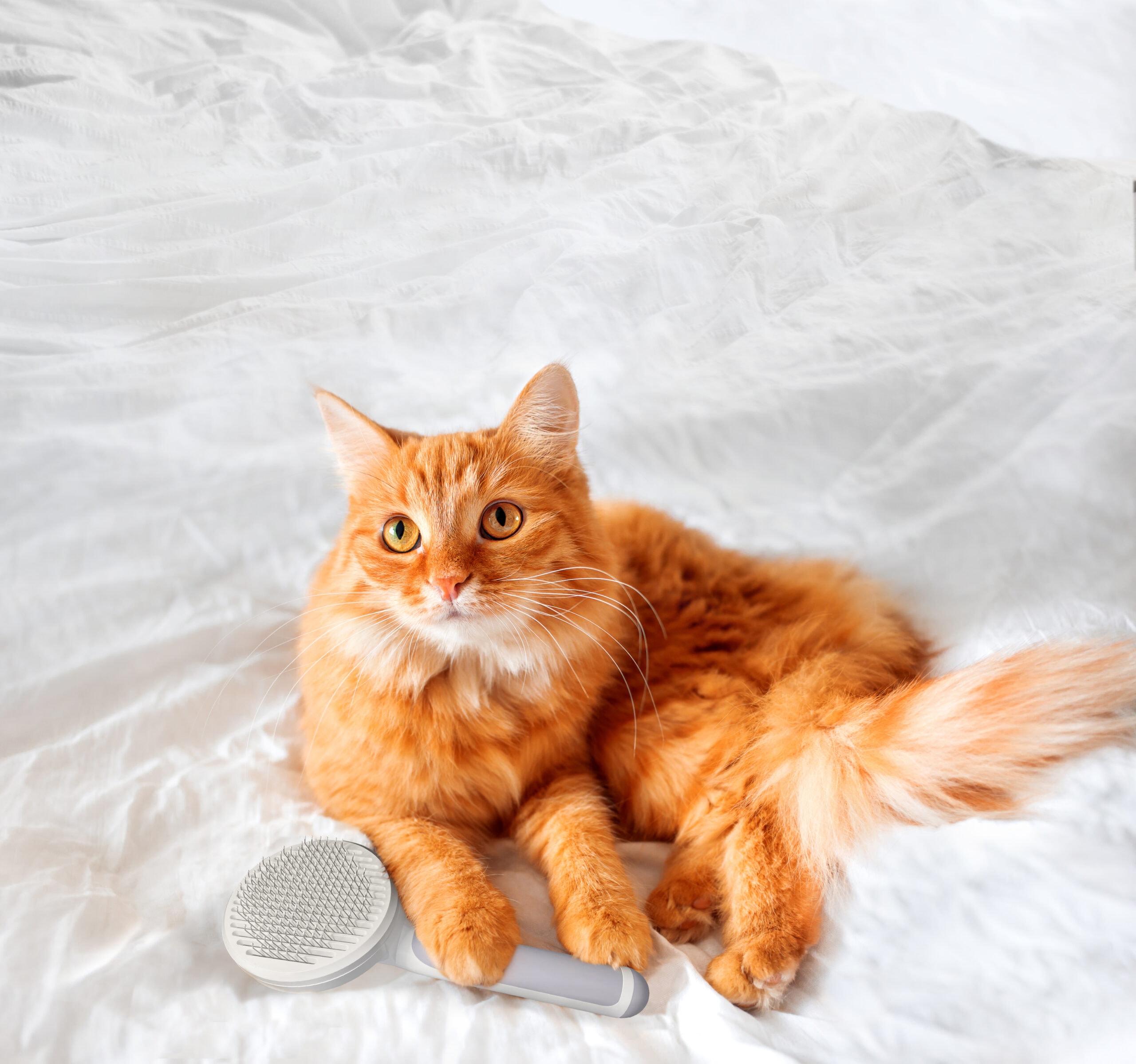How to Cat Proof Wires and Cords – 8 Possible Ways
Updated on
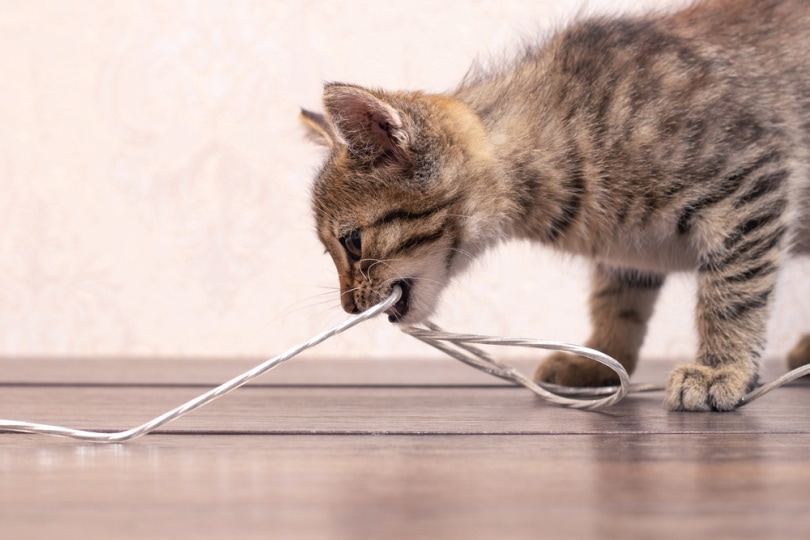
Cats can be curious creatures, often leading them to get into trouble. One of the most common household items that pose a serious danger to your cat is electrical wires and cords. Cords are often appealing to cats because of their wiggly, fun appearance. However, they can be exceptionally dangerous, sometimes leading to burns and electrocution when chewed on.
To keep your curious kitty safe, it’s important to find ways to deter your cat from chewing on the cords in your home.
Why Do Cats Chew On Cords?
The simple answer is that bored cats are more likely to chew on cords and other inappropriate items than cats that are kept occupied. Cats need to have both their physical and mental needs met on a daily basis to keep them from getting into trouble. Try rotating through toys and adding new toys regularly to keep your cat motivated and interested. Puzzles are also a great way to entertain your cat and appease their desire to problem solve.
If you’ve made changes to your play schedule and you’ve added a variety of interesting toys into the rotation and your cat is still attempting to chew on cords, then you still have plenty of options to try.
8 Tips for Cat Proofing Wires and Cords
1. Commercial Bitter Spray
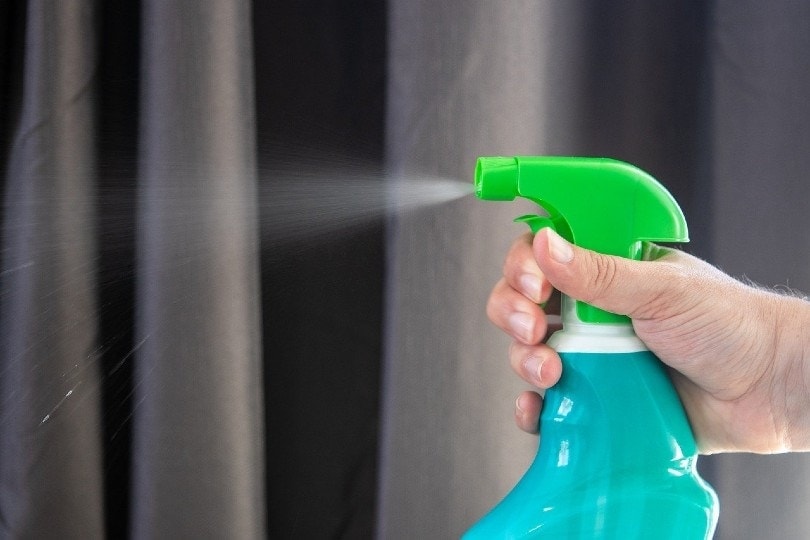
Bitter sprays are commercially produced, non-toxic products that are made specifically to deter pets from chewing on inappropriate items. Although often marketed for use with puppies, bitter sprays are also very effective against cats as well. These products are made with pets in mind, so there is no concern about them being dangerous for your cat.
While these sprays can be very effective, they do need to be reapplied every couple of days. For some cats, one or two attempts to chew on something covered in bitter spray may be enough to deter the behavior, but be prepared to reapply the spray routinely for at least a few weeks.
- Non-toxic
- Effective for cats and dogs
- Safe for pets
- May resolve the issue in one or two uses
- Need to be reapplied every couple of days
2. DIY Bitter Applications
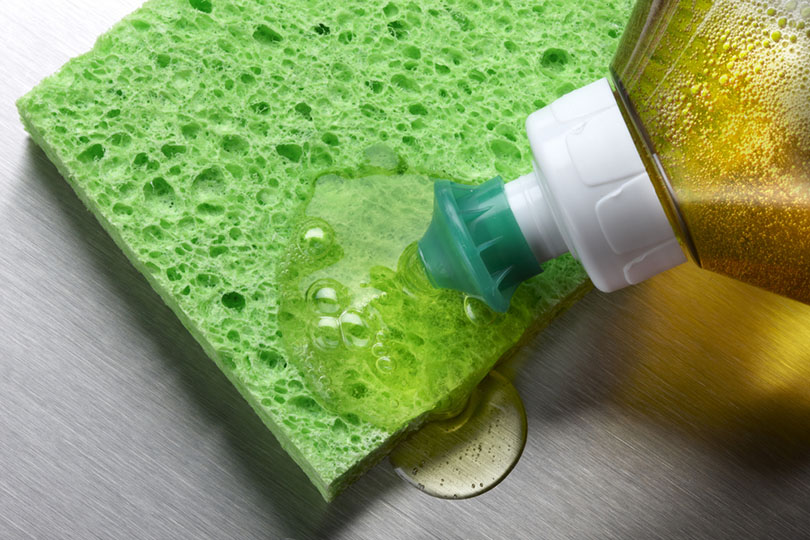
If you don’t have time to run to the pet store for commercial bitter sprays, there are a variety of items you may already have around your home that can be used in place of commercial sprays. You can rub your cords with things like hot sauce, citrus oil, dish soap, and Irish Spring soap.
Make sure to keep any flammable products, like oils, far away from the outlet, and make sure nothing you apply to the cord is going to run downhill toward the outlet. Some of these items are messier and less practical than others (looking at you, hot sauce), but they are all equally effective for most cats. Some of these products may require less frequent reapplications, like Irish Spring soap.
- Can be a variety of household products
- Effective
- May not require frequent reapplications
- Flammable products should be used with caution
- May be messy and impractical
3. Plastic Cord Wraps
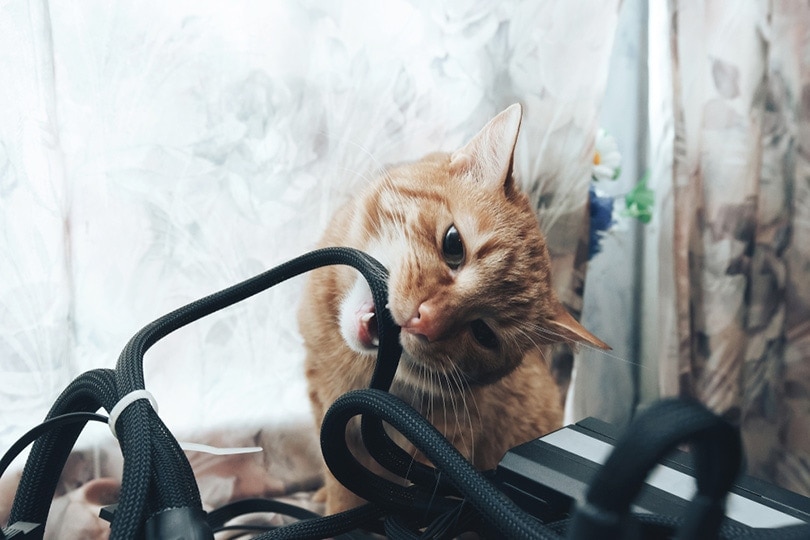
Plastic cord wraps are available at most home improvement stores. They may be a little pricey if you’re attempting to apply them to every cord in your home, but they can be a great way to keep your cat and your cords safe. Plastic cord wraps provide a flexible but sturdy shell around your cord, and they are made to withstand the most curious of cats.
If needed, they can be used in conjunction with bitter spray or DIY bitter options.
- Widely available
- Keep the cords clean and safe
- Flexible but sturdy
- Can be used in conjunction with topical options
- May be cost-prohibitive for multiple cords
4. Cable Ties and Clips

One of the simplest ways to keep your cat from chewing your cords is to make your cords less accessible and interesting. The best way to do this is to use cable ties and clips to keep your cords up and out of the way. By shortening your cords as much as possible, there will be less extra length for your cat to play with. You can also use clips to run your cords flush against furniture, walls, and floors, giving them a lower profile and making them less likely to catch your cat’s attention at all.
Many clips and cable ties can be purchased in large packages, making them a budget-friendly option. They may not prevent your cat from chewing on cords if they are already in the habit of doing so, though, since your cat may seek the cord out, even if it’s out of the way.
- Makes cords less accessible and interesting
- Can make your cords look neater
- Budget-friendly option
- May not stop all cats from chewing on cords
5. Plastic Cord Covers

Plastic cord covers are a great option for covering and protecting cords on flat surfaces, like walls and floors. These covers may not be the most attractive thing in your home, but they are sturdy and effective. They are also often easy to find in a variety of colors, including clear, to suit the look of your home.
Some of the more modern cord covers are made to be easily removed and reapplied as needed, allowing you to make changes to your cord layout without tearing up your floor or wall.
- Great option for flat surfaces
- Available in a variety of colors and sizes
- Sturdy and effective
- Some are easy to pull up and reapply
- Not very nice-looking
- Cannot be used anywhere but on flat surfaces
6. Double-Sided Tape

If you’ve ever tried to keep your cat off your kitchen counters or furniture, then you’ve likely seen this trick before. Cats are not fans of sticky surfaces, especially when those surfaces come into contact with their paws. By wrapping your cords in double-sided tape, you can deter your cat from pawing at and chewing on the cords. Application can be time-consuming, but this is an affordable option if you have multiple cords to cover.
The stickiness of the tape should last quite a while without needing replacement.
- Deters pawing and chewing on cords
- Cost-effective for covering multiple cords
- Stickiness should last a while without needing replacement
- Will need occasional replacement and may trap lint and dust
7. Training Mats

Training mats are mats made with an uncomfortable texture on the surface. These are typically made to keep cats from getting on furniture, but they can also be placed in the area surrounding your cords, making it uncomfortable and unpleasant for your cat to be in the area to chew.
Training mats don’t protect the cords themselves, so this may not be an effective option if your cat is committed to getting to your cords to chew on them. However, these are a really good option for places like underneath desks.
- Uncomfortable without hurting your cat
- Protects the area around the cords
- Good option for home offices
- May not keep your cat from finding a way to access cords
8. Motion-Activated Spray
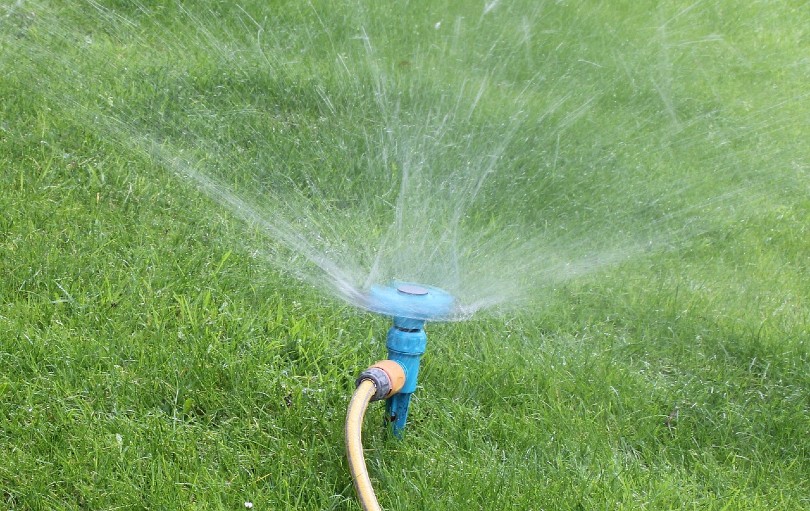
There are a variety of motion-activated sprays on the market that are intended to deter cats from specific areas. These sprays often use an unpleasant sound to deter your cat, but some of them combine the sound with an unpleasant smell. Generally, this smell is not unpleasant and overwhelming enough to stink up a room, but your cat has a far more sensitive sense of smell than you do.
These sprays do need to be replaced from time to time and may be somewhat pricey compared to most of the other options on the list.
- Combines unpleasant sounds and scents to deter your cat from a specific area
- Generally not unpleasant for people
- Multiple options on the market
- Require routine replacement
- May be expensive
Conclusion
Keeping your cat from chewing on cords is essential to keeping your cat safe in your home. Many cats can be successfully trained to not chew on cords, but this is likely to take time and effort on your part. Find ways to keep playtime interesting for your cat and prevent boredom when you aren’t home.
If your cat is bored, they are more likely to attempt to chew on cords, which can be dangerous for them, and even deadly in some circumstances.
See also:
Featured Image Credit: MVolodymyr, Shutterstock

